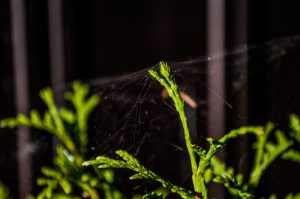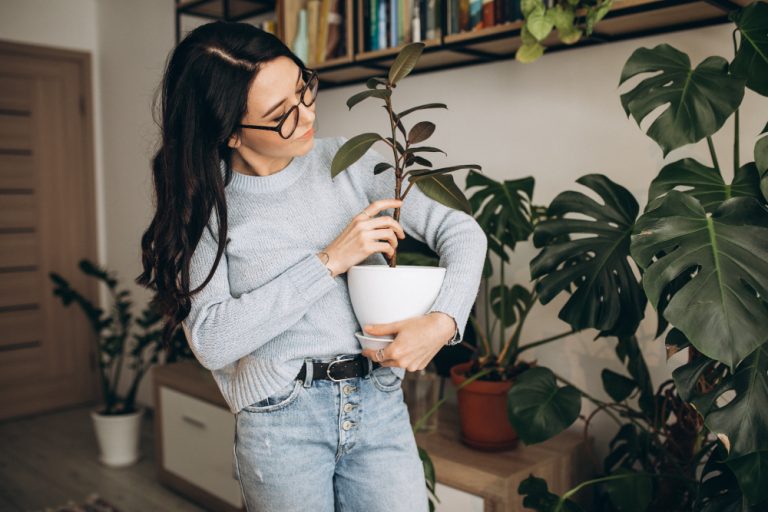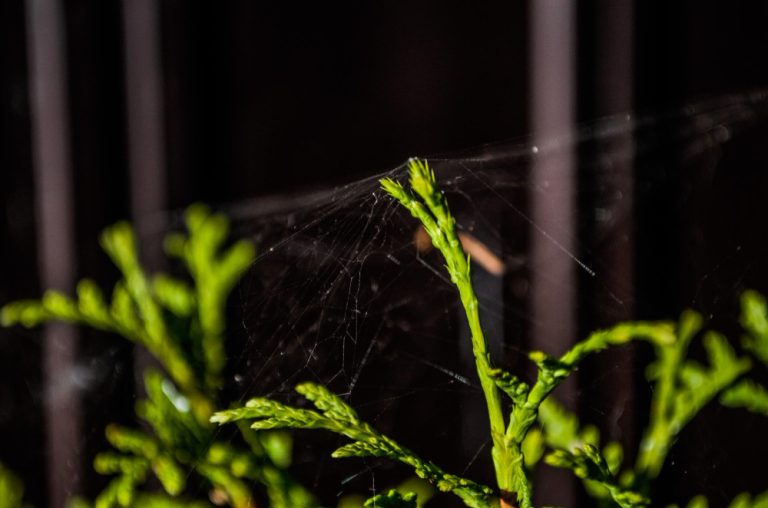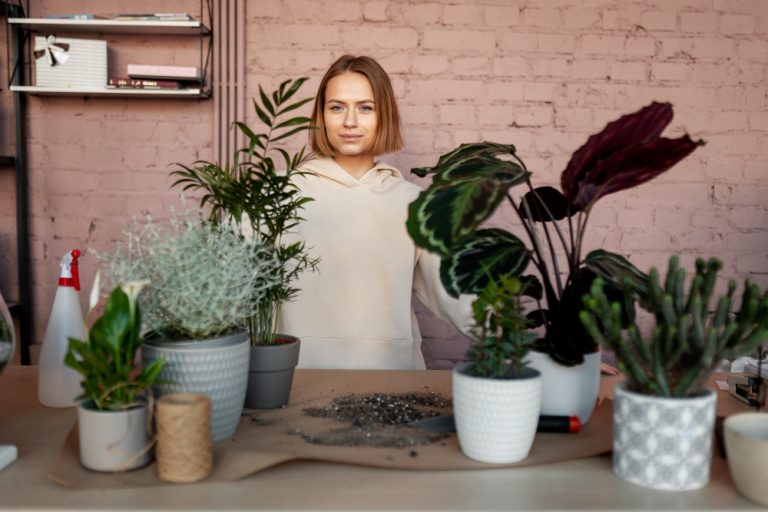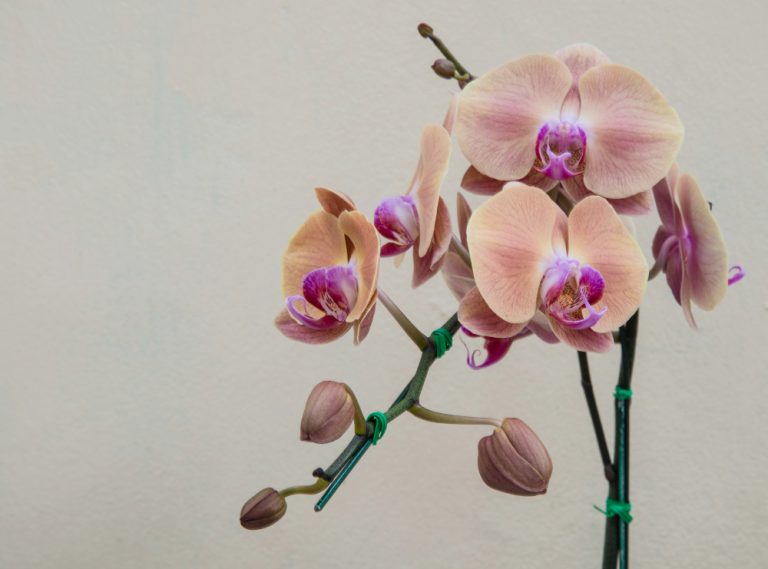Coffee grounds have long been celebrated by gardeners for their many benefits, from enriching soil to deterring pests. But did you know that indoor plants can also reap the rewards of this humble kitchen staple? Coffee grounds are rich in nitrogen, potassium, and other essential nutrients that can help nourish and revitalize indoor plants, promoting healthy growth and vibrant foliage. Whether you’re a coffee aficionado looking to put your grounds to good use or simply seeking ways to boost your indoor garden’s health, incorporating coffee grounds into your plant care routine can yield impressive results.
Plants That Thrive in Acidic Soil
One of the key benefits of using coffee grounds on indoor plants is their acidic nature, which makes them particularly well-suited for acid-loving plants. Acid-loving plants, such as African violets, ferns, and orchids, thrive in soil with a pH level between 5.5 and 6.5. Coffee grounds can help lower the pH of the soil, creating a more acidic environment that mimics these plants’ natural habitats. Simply sprinkle coffee grounds on the soil surface or mix them into the potting mix to provide your acid-loving plants with the acidity they crave.
Enriching Soil and Feeding Plants
In addition to their acidic properties, coffee grounds are packed with essential nutrients that can benefit indoor plants in various ways. Nitrogen, phosphorus, and potassium are just a few of the nutrients found in coffee grounds, all of which are crucial for plant growth and development. Incorporating coffee grounds into your indoor plant care routine can help replenish depleted soil, provide a steady supply of nutrients, and promote healthy root development. Simply sprinkle a thin layer of coffee grounds on the soil surface or mix them into the potting mix when repotting your plants to give them a nutrient boost.
Deterring Unwanted Visitors
In addition to their nutritional benefits, coffee grounds can also serve as a natural deterrent for common indoor plant pests. The caffeine and other compounds found in coffee grounds have been shown to repel insects such as ants, slugs, and snails, helping to protect your indoor plants from infestations. Simply sprinkle coffee grounds around the base of your plants or create a barrier along windowsills and doorways to keep pests at bay. For added protection, consider mixing coffee grounds with diatomaceous earth, a natural insecticide, to create a potent pest control solution.
Improving Soil Structure and Retention
Coffee grounds can also help improve soil structure and moisture retention, which is especially beneficial for indoor plants that require consistent moisture levels to thrive. The organic matter in coffee grounds helps loosen compacted soil, allowing air, water, and nutrients to penetrate more easily to the plant’s roots. Additionally, coffee grounds act as a natural mulch, helping to regulate soil temperature, reduce evaporation, and prevent moisture loss. Incorporating coffee grounds into your indoor plant care routine can help create a healthy, moisture-rich environment that promotes robust growth and vibrant foliage.
Tips for Using Coffee Grounds on Indoor Plants
While coffee grounds can provide numerous benefits to indoor plants, it’s essential to use them correctly to avoid potential pitfalls. When applying coffee grounds to your indoor plants, be sure to use them in moderation to prevent over-fertilization and potential nutrient imbalances. Avoid using coffee grounds on plants that prefer alkaline soil, as the acidity of the grounds may disrupt the soil pH and harm these plants. Additionally, be mindful of the type of coffee grounds you use, opting for organic, unbleached grounds whenever possible to avoid introducing harmful chemicals or residues to your plants. With proper care and attention, incorporating coffee grounds into your indoor plant care routine can help nourish, protect, and beautify your indoor garden, giving your plants the java jive they need to thrive.

